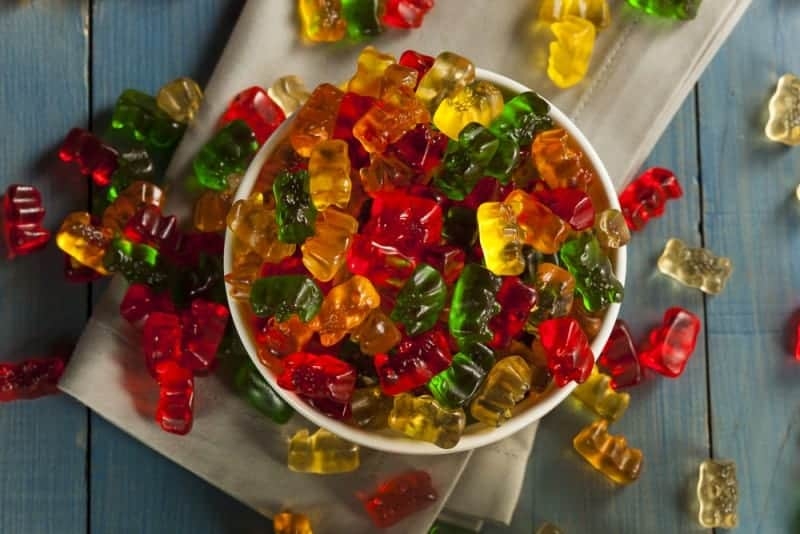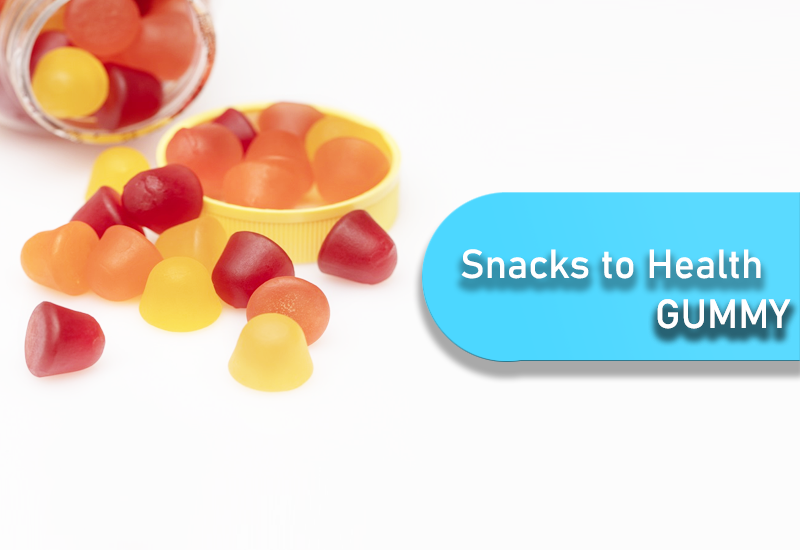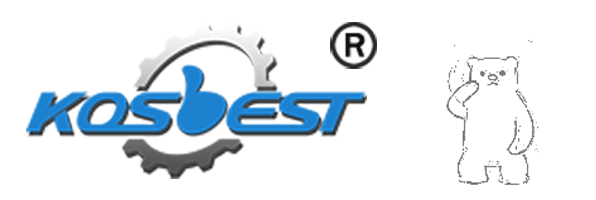Gummies are some of the most popular confectionary items produced today, and many people enjoy them as snacks or as part of their vitamin/supplement routine each day. Although there are many forms of gummy candy on the market, this article will focus on gummy vitamins rather than the bite-sized edible format that’s often consumed by children.

Gummy candies first appeared in Germany in the 1920s. The trained bears who appeared in street markets and festivals throughout the nineteenth century served as inspiration for chewy candies made by Bonn-based confectioner Haribo. The candies’ common ingredient was gum arabic, hence the moniker “gummy bears.”
Later, in 1967, Haribo released “gold bears,” a comparable sweet item packaged in gold foil. In the 1980s, these “gummy bears” were imported to the US, where kids and candy enthusiasts quickly took to them.
Two Oregonian parents tried to persuade their daughter to take vitamin supplements in the 1990s. Finally, they established Hero Nationals, which debuted its gummy vitamin in 1995. Since then, a range of gummy vitamins has gained popularity thanks to social media influencers.
Gummy bear candy has become an internet sensation over the last few years. The product is extremely popular because it is a great-tasting product and it is healthy with no artificial colors, flavors, or preservatives. The gummies have a strong elastic body which allows them to bounce back quickly and remain firm during the whole shelf-life of the product.
How Vitamin Gummy Candy Is Made

When making gummies, components are typically blended with common flavors like cherry, lemon, and orange before being infused with vitamins and minerals. Manufacturers of gummy vitamins may combine different vitamins and minerals to create a multivitamin gummy or concentrate a single component, such as calcium or magnesium or vitamins C or D. Some candy producers have even added CBD, one of the active components in cannabis, to their goods. The technique of making gummies is quite similar, even though each manufacturer of gummy vitamins has its recipe.
Making vitamin gummies typically involves the following steps:
- To match particular formulations, choose and weigh raw ingredients; some are in liquid form, and others are in solid form.
- Combine water and food items.
- Prepare the gelatin (or its substitute) base separately to give vitamins and minerals a jellylike consistency.
- Fill a tank with this pre-mix and sugar (or another sweetener).
- Fill the tank with a certain amount of water and sugar.
- Put this vitamin found in a different, larger storage container.
- Check for pollutants in this food composition.
- Add more powdered vitamin supplements along with coloring and flavoring agents.
- Fill the mixing tank with the vitamin combination and gelatin foundation, and then combine everything there.
- Cook the items until a slurry forms.
- Pour the slurry into the molds after coating them with corn starch to prevent sticking.
- Reduce the temperature of the slurry in the molds to 65 F, or around 18 C.
- Give molds at least several hours to sit (until solidified).
- Gummies are taken out and separated once they have solidified by being put in a drum tumbler.
- The tumbler is filled with food-grade wax or oil to keep the gummies supple and fresh.
- Convey gummies so they can continue to solidify until they get to the steam chamber.
- Here, gummies are ready for coating with sugar before being put back into a drum to shake off extra sugar.
- Each bottle or box has a predetermined quantity of gummies, which are then packaged by machines, labeled, and sealed.
- Gummy vitamin producers first appropriately package their products before sending them to wholesalers or retailers.
Alternative Ingredients for the Production of Gummy Vitamins
Traditionally, ingredients used to make gummies include sugar, citric acid, flavorings, glucose syrup, food coloring, and gelatin. The recipes for gummy vitamins can differ; some include sugar substitutes to reduce calories or substitutes for gelatin to make their products more appealing for vegetarians, vegans, and people who strictly adhere to religious dietary restrictions.
In the production of gummies, substitutes for gelatin include:
- Red algae are the source of the flavorless, jelly-like substance agar-agar.
- Carrageenan sometimes referred to as Irish moss or carrageen, is a product of dried red seaweed.
- Pectin is a type of fiber present in the cell walls of many fruits.
- Vegan jelly is a product that can be created from a variety of substances, depending on the producer, and frequently includes components like carrageenan, tapioca dextrin, and vegetable gum.
To produce gummies gluten-free, different substances can also be utilized in place of wheat-based ones in the manufacturing process. These include xanthan gum, corn starch, maize flour, rice flour, buckwheat flour, potato flour, oats, and other substitutes.
 One-Stop Solution Manufacturer of Gummy Making Machine
One-Stop Solution Manufacturer of Gummy Making Machine